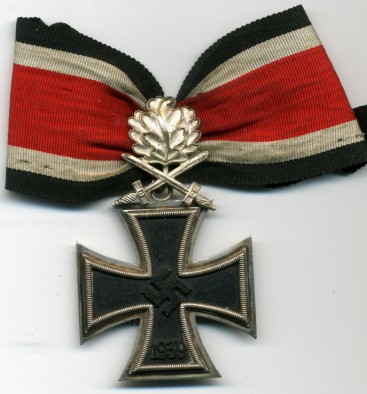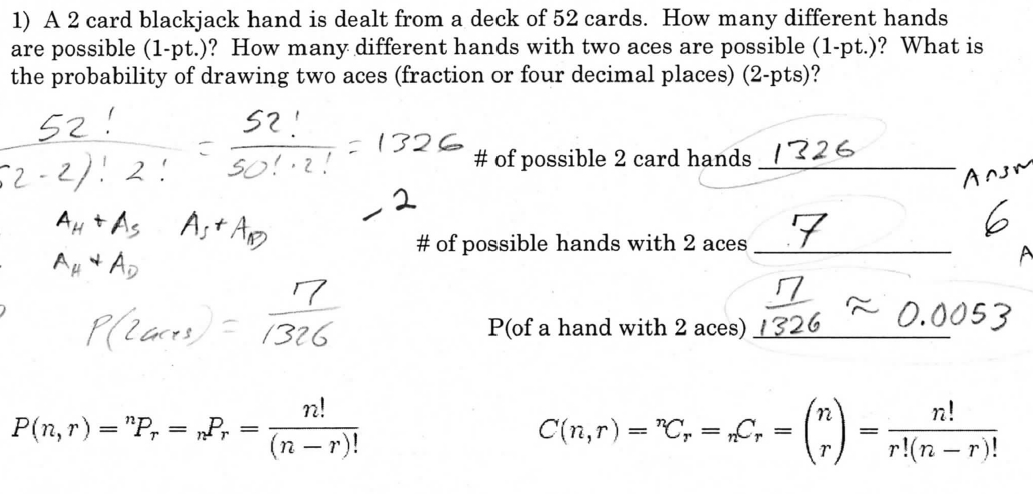The ace is the most valuable card in a blackjack game. It may be used as a 1 or 11, whichever is more advantageous for a hand. It is also half of the hand that makes a blackjack, which pays 3-2 at most tables.
Blackjack is played with 1 to 9 decks of 52 cards each. The values of the cards correspond to their numerical value from 2-10. All face cards (Jack, Queen, King) count 10 and the Ace either 1 or 11, as the holders desires. A score with an ace valued as 11 is named soft-hand. Ace sequencing involves the player (or a team of players) keeping track on specific areas of a deck or decks of cards prior and through the shuffle process to determine where aces might be positioned after the cards are shuffled and placed back in the shoe. As already mentioned, ace sequencing is a form of shuffle tracking.
A pair of aces is the best start hand in Texas Hold’em. Blackjack is not much different. Split aces allow a player at least two chances to win. In some cases, there are up to four chances to win in a single hand, each containing the best card in the deck.
Re-split aces
Some Las Vegas casinos will allow players to re-split aces. This means that if a player receives another ace after splitting aces, the hand may be split again for another bet. Casinos that offer re-split aces will allow up to four hands if aces continue to come off the top of the deck. A blackjack game that allows aces to be re-split has a house edge that is .08% lower than one that does not, assuming that all of the other rules are otherwise the same.
Hitting Split Aces
All standard blackjack games do not allow hitting split aces. This is due to the fact that it would drop the house edge by .19%. Most blackjack games have a house edge of .5% or lower. The house must have an edge that covers its overhead.
Allowing split aces to be hit would also increase the variance. Imagine a hand where a player gets four aces in a row and split them into four hands while having the ability to hit and maybe even double down. That would be a blackjack dream hand.
There are two blackjack variations that allow split aces to be hit. They are Super Fun 21, known as Super 21 at Real Time Gaming online casinos, and World’s Most Liberal 21. These games also pay even money on most blackjacks and have a higher house edge than most blackjack games.
Doubling Split Aces
A house that allowed doubling after splitting may also have to include aces for consistency. Allowing a double down on split aces would take another .08% from the house edge. Super Fun 21 and World’s
Most Liberal 21 allow double down after splitting and re-splitting aces. As mentioned, these games short pay on a natural blackjack. Triple Attack Blackjack allows double down on split aces but does not allow players to hit them.
Getting 21 on Split Aces
Splitting aces and receiving a ten-value card will look identical to receiving a dealt blackjack off the top of the deck. This does not count as a natural blackjack. It simply counts as any other 21 would and does not automatically win. It would tie the dealer if the house also made a 21 hand.
In order to understand how the best strategy is computed, lets have a look at the Blackjack rules. Blackjack is played with 1 to 9 decks of 52 cards each. The values of the cards correspond to their numerical value from 2-10. All face cards (Jack, Queen, King) count 10 and the Ace either 1 or 11, as the holders desires. A score with an ace valued as 11 is named soft-hand. A soft-hand score of 17 is denoted as 7/17.
The color of the cards does not have any effect.
The goal of the game is to reach a score (=sum of the cards) as high as possible but not more than 21. A Blackjack (Ace and a card whose value is 10) beats all other combination of cards. If the final sum is higher than the sum of the dealer, the player gets a play-off of 1:1 of his initial stake. If the players combination is Blackjack, the play-off is 3:2 of the initial stake. If the sum of the dealer is higher, the player loses his bet. If the sum is equal, then nobody wins. If the player holds a score of 22 or more, he busted and thus he loses his bet immediately. If the dealer busts, the players wins independently of his final score.

Blackjack can be played from one to seven players against one dealer. The dealer shuffles the cards. Now all the players must place their bets. Then each player and the dealer receives one card. The cards all lie face up. Thereafter the player receive a second card. The player now can continue to buy further cards, one by one, until he believes that he is near enough to 21. If the player believes to have reached a score high enough he must signalize the dealer to stay, which means not to ask for any further card.
Doubling down
The player has some more possibility's other than buy and stay. If he reached a score of nine, ten or eleven with his first two cards, he can double his bet. However if he does so, he will be dealt only one more card.

Splitting
If the first two cards are of the same value, the player has the possibility to split his hand, which means that each of the cards are used to start with a separate bet. For each split hand, an additional bet equal to the first is required. There is one exception: If the player splits two Aces, he receives only one more card and in such a case a score of 21 is not considered as Blackjack.
Dealers turn

Once the last player has decided to stay with his score, the dealer starts to draw a second card. If his result is reaching a score of 17 or more, he will deal himself no further cards. If the dealer has a score of 16 or less, he must draw until he has reached 17 or more. If the dealer exceeds 21, he busts. This is the basic knowledge You have: The dealer can not split nor double; he must play according to strict rules: Dealer must stand on all 17. That's the players advantage! On the other side, if both the player and the dealer busts, these scores are not considered as equal and the player looses his stake. That's the dealers advantage!
How to compute the correct strategy
The analyst sees the shoe as black box which computes him a probability for drawing a card of a certain value. Say we have 6 decks of 52 cards, so the probability of drawing an Ace is 6*4/6*52 = 24/312 = 7.7%. The probability of drawing a second Ace without reshuffle is 23/311 = 7.4% and so on. As the game goes on without reshuffle, the probabilities to draw certain cards will raise or decline, depending on which cards have gone in the past. From our point of view the shoe behaves like a wheel of fortune with varying distances between the nails.
The first thing to do, is to calculate the probabilities of the dealers last hand. This computation is straight forward as the dealer has no way of doing any decision. So it is quit easy to find out the probabilities of his final score.
The next thing is to find out the probabilities of what would be if ... . If the players score is 16, what's the probability of achieving 17, 18, 19, 20, 21 or busting. Probabilities also have to be calculated for splitting and doubling.
Because the player knows the dealers first hand before deciding what to do, he can compare the probabilities of the dealers last hand against the probabilities of possible final scores for each intermediate score he has. With this comparison, winning expectations can be calculated, gaining information about the best playing strategy.
Knowing the best playing strategy and knowing the probabilities for each final score, the dealer and the player will reach, the total expectation can be calculated. The total expectation is the magic number playing Blackjack. If it is below zero the player has to place minimum bets as with this card distribution he will lose on the long term. If however the total expectation is above zero (unfortunately thats quite rare) the player has to place high bets.
Interpret the strategy tables
For each decision a player can do the best strategy can be computed. There are 20 possible conditions where the player has to take decisions. These are:
- Buy or stay if the score is 12, 13, 14, 15, 16, 7/17 or 8/18.
- Double or buy, if the sum of the first two cards is 9, 10 or 11.
- Split, buy or stay, if the first two cards have the same value.
2 Aces In Blackjack Vegas World
All these decisions depend upon the dealers first card, making a total of 200. There are some fundamental rules, which never change and must always be obeyed:
- Alway buy if the score is below 12.
- Always buy if the score is below or equal to 7/17. With a soft hand You can't bust, so there is no reason to stay if the score is 17 or less.
- Never buy if the score is 17 or higher.
- Never split 5-5. A score of 10 is a good point to start with, so use it.
- Never split X-X. A score of 20 is too good, to take any further risks.
- Never ever double a Blackjack.
For other decisions consult the expectation and probability tables computed on the Blackjack strategy pages.
Aces & Eights Wikipedia
Stakes height
Possible Values Of 2 Aces In Blackjack
The stake has to be placed before the player can see the dealers first card. So during that decision, very little information is available. The only information the player here, is the total expectation for the current card distribution in the shoe. If this is above zero, he shall place high bets.